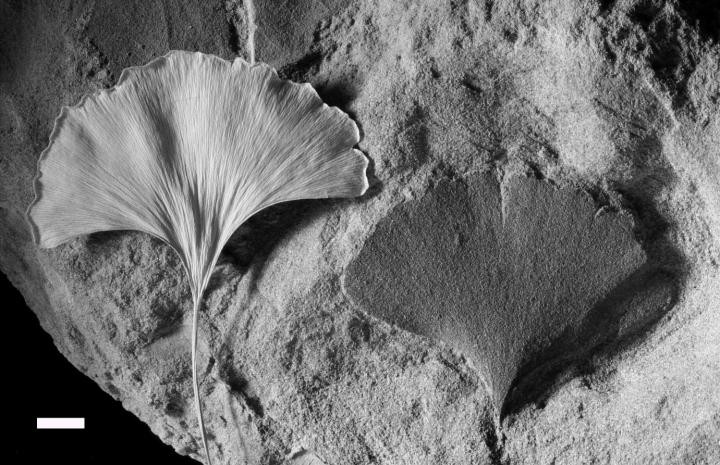Within 200 years, Earth will hit CO2 levels it hasn't seen for nearly half a billion years
A 420m-year climate record suggests we are entering uncharted territory in terms of atmospheric CO2.
If global carbon emissions aren't reduced, then by the end of the 23rd Century the atmosphere will be pushed to carbon dioxide levels not reached for 420 million years.
The carbon dioxide concentration in the atmosphere has risen from 280 parts per million in the pre-industrial era to nearly 405 ppm in 2016. In the longer term, atmospheric carbon dioxide levels could be higher than anything seen in the geological record, according to a paper published in the journal Nature Communications.
The study looked at several different ways that the atmosphere's carbon dioxide levels have been written into the biological and geological records. Ancient rocks and soils are one method, with the composition of carbonate nodules acting as one proxy for the Earth's past atmosphere.
The number of stomata – tiny holes for exchanges gases – in plant leaves is another. The more carbon dioxide in the atmosphere, the fewer stomata in the leaves. This is because the stomata allow carbon dioxide in, which is essential for photosynthesis, but they also allow water vapour out. Fewer stomata could allow the same amount of carbon dioxide in in an atmosphere richer in carbon dioxide while conserving water.
These and other proxies mapped out a 420m-year history of carbon levels. Without efforts to reduce global carbon emissions from human activity, the world is set to reach carbon levels not seen the Triassic Period by the end of this century. By the end of the 23rd Century, they are set to reach a record high for nearly half a billion years.
Greenhouse gases, including carbon dioxide, had been gradually decreasing for hundreds of millions of years before the industrial revolution. This had been compensating for an equally gradual increase in the sun's radiation hitting the Earth – a natural process as a star ages.
"It's because of the way that the sun makes energy, is with hydrogen and helium involved in nuclear reactions in the centre of the sun," study author Gavin Foster of the University of Southampton told IBTimes UK. "Because of the way those reactions play out, the sun has been getting brighter and brighter through time."
Why this hasn't historically led to warming temperatures on Earth has been a scientific puzzle, said Dana Royer of Wesleyan University in the US, also a study author.

"Our finding of little change in the net climate forcing offers an explanation for why Earth's climate has remained relatively stable, and within the bounds suitable for life for all this time," Royer said.
The carbon dioxide added to the atmosphere by human activity has acted to swamp this compensation. However, the study authors note that the increasing radiation from the sun is too gradual to affect global warming significantly in the foreseeable future.

© Copyright IBTimes 2025. All rights reserved.






















